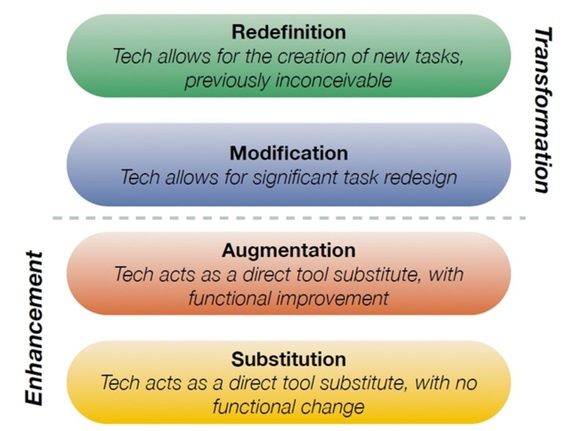Flipped Learning
What impact have my pre-recorded 'Explain Everything and Book Creator' learning videos had on my kids' learning outcomes?
I enjoy making Explain Everything projects for my students' maths. Making projects and explanations is obviously a large task and I, unfortunately, feel like I just have everything locked in so I would hit the ground running at Te Kura next year but now I am leaving. I would really love to be able to share the success that I have had using EE and BC and how they can be used as a learning tool to increase engagement, motivation, independence, reflection and accelerate learning.
These apps have allowed the kids, I have introduced to them, every chance for success. They have become confident to share and explain their thinking, clearly explaining strategies they have used to solve a problem. The progress and understanding of learning are noticeably greater for those that use these apps than those that don't.
Having the projects organised has meant that my students can work on these and listen to them in the time that suits and as many times as they like. This is extremely beneficial for obvious reasons. engagement, the standard of work, independence and ability to self reflect, confidence and understanding of what they are working on.
Each project for maths is broken up into sections.
1. What are they doing and why.
2. Teaching explanation/example of how to solve the problem and possible thinking.
3. Knowledge practise related to that strategy.
4. Solve problems that are specific to using that skill strategy.
In these videos, I use deliberate acts of teaching - thinking out loud and showing how I would record my thinking.
I have tailored teaching explanation videos to the needs of my students based on their next steps and gaps from the Progress Tracking Sheets, along with using teachable moments. Next year, I would aim to keep building a library of these projects and videos so eventually, it won't be so much work as I can just draw upon them as I need them, instead of creating them from scratch.
The thing that I have found hard and would like to implement in the future if I was to stay at Te Kura would be to hopefully show the benefits of having the paid version for this app available. The free version only allows the students to watch these projects as a video. That means they can not work directly on the slides that I make and that limits me to the way in which I make the projects and the ways in which the students can answer. It is also is slow and you can only have 3 projects and 1 slide to work from. Been able to share the videos as a project where students write directly on the project, allows coverage of a variety of learning styles, engaging different senses and presented in a way that is relevant to the learner in an interactive and innovative way. It covers:
- Auditory learners. Auditory learners take in information through listening and speaking.
- Visual learners.
- Tactile learners.
EE is about giving different ways to solve problems that are not just like solving a problem on paper. The maths that I view mostly in schools according to the SAMR Model is substitution - where the paper has been swapped and for Technology but has no functional change.
EE

Things I need to ensure:
that Students watch and listen to the slides with the strategy explained
that I don't include too much in the projects.
that I differentiate learning by making projects according to needs and when it becomes relevant for a student.
When looking for research and information online about this type of instruction, there were lots of readings and blog posts about flipped learning.
In the above article, written by Andrew Miller, he talks about the five best practices of a flipped classroom. Although our EE projects are not exactly flipped classrooms (where students pre-load the knowledge they need outside of school hours), many of the aspects of this type of approach are similar.
The first thing he mentions is:


Comments
Post a Comment